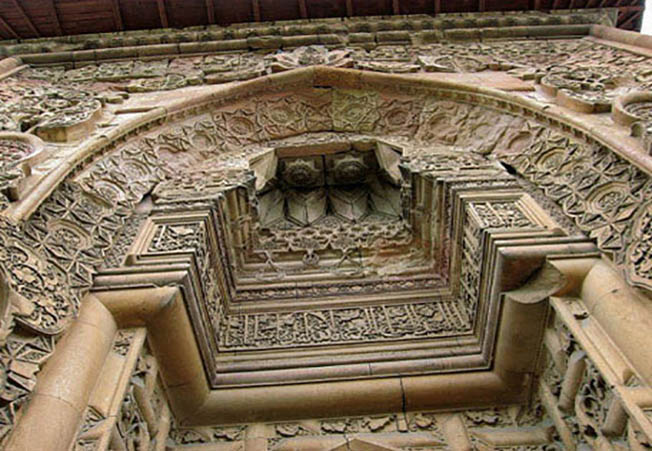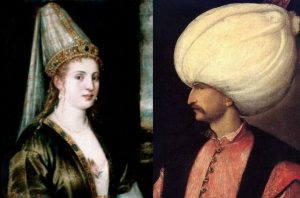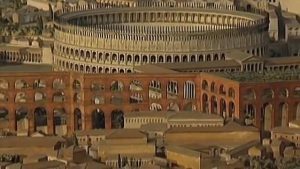Seljuk Turkish architecture is the name given to the architecture of the Seljuks. The architecture can be found in the areas where the Seljuks ruled; most of the Middle East and Anatolia between in 11th and 13th centuries.
ANATOLIAN SELJUK ARCHITECTURE
The Seljuk Turks settled in Anatolia before the Ottomans. They arrived from Central Asia by way of Iran where they absorbed the great tradition of Persian architecture. They blended this with the Byzantine tradition they found in Anatolia, and using their own genius, produced an architecture both practical and beautiful, spare and clean but with some elements elaborately decorated.
The Seljuks built networks of grand stone way stations for camel caravans to increase commerce through their empire. Dozens of these beautiful caravanserais still exist especially in the Central Anatolia region of Turkey.
CHARACTERISTIC SELJUK STYLE
Anatolian Seljuks inherited many aspects from the numerous empires, although Seljuk architecture developed its own elegantly simple design, harmonious proportion and identity.
The Seljuks built monumental stone buildings such as mosques, madrasas, caravanserais, mausoleums, palaces, public baths and bridges, but with bursts of elaborate decoration around doorways.
Most Anatolian Seljuk works are of dressed stone, with brick reserved for minarets. The great caravanserais are among the finest and most characteristic of Seljuk buildings.
A large number of Seljuk buildings still stand in Turkey today. Konya is the best place to see Seljuk architecture. Antalya, Sivas, Kayseri and Erzurum have more good examples, but you may run into Seljuk works in almost any Anatolia city or town, especially in Central and Eastern Anatolia.




